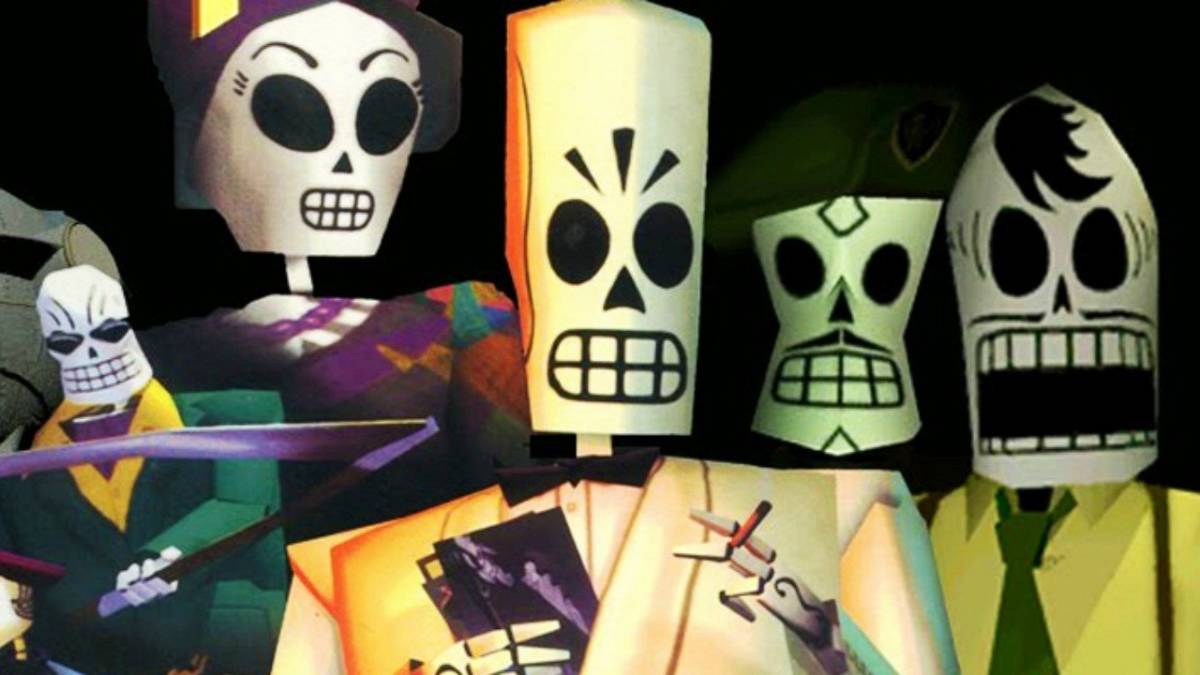Video games are a funny old business.They can either make or break a company or franchise. Some games, whether they be good or bad, fail for various reasons and the fallout from these failures are sometimes quite minor, or in at least one case, threatened the existence of video games as an industry altogether. There’s plenty of games we could pick, so I’ve tried to avoid the most popular and most recent games, instead we’ve curated a few video game failures, some of which you may not realise actually failed.
Be advised that this is a list of our own design and may not necessarily be the ‘biggest’ gaming failures of all time. While we aimed to tell you more about some failed titles that are a little more unique. These may be commercial, technical or financial failures, as long as they failed in one way or another. This failure should’ve had an impact on the gaming industry, their genres, their developers or publishers or even on the game itself.
(Dis)Honourable Mentions
Here’s some honourable mentions you may well already be aware of — there’s a few of them, so get comfy.
Cyberpunk 2077’s horse has already been beaten to death, I cannot add any more new insight to this modern gaming disaster.
Gearbox’s Aliens: Colonial Marines and Duke Nukem Forever are both inept attempts at FPS games and, once again, have been covered enough.
APB: All Points Bulletin was an attempt at making a GTA Online style game back in 2010 that never caught on but is still alive today.
Bioware’s Mass Effect: Andromeda was a mess and Anthem simply appealed to very few.
John Romero totally failed to make you his bitch when Daikatanna released as a buggy mess.
Kingdoms of Amalur: Reckoning undersold which led to missed loan payments, which in turn led the IP to becoming owned by the taxpayers of Rhode Island.
Beyond Good and Evil is a much loved but low-selling Ubisoft game, which is still (still) waiting for a sequel.
Overkill’s The Walking Dead was such a disaster it was eventually taken off Steam and its console ports left unreleased, meaning publisher Starbreeze had to restructure their company due to the huge loss of income.
Epic Mickey 2 sold only around a fifth of the original game’s 1.3 million copies.
The PS2’s Ōkami was a great game that severely undersold at its initial release, though luckily it has had more success in the years since.
Too Human languished in development hell for years before releasing in 2009. Then followed mixed reviews and a wonky control scheme, and finally developer Silicon Knights lost a court battle with Epic Games and was forced to destroy all unsold copies of Too Human.
10. Battlecruiser 3000AD
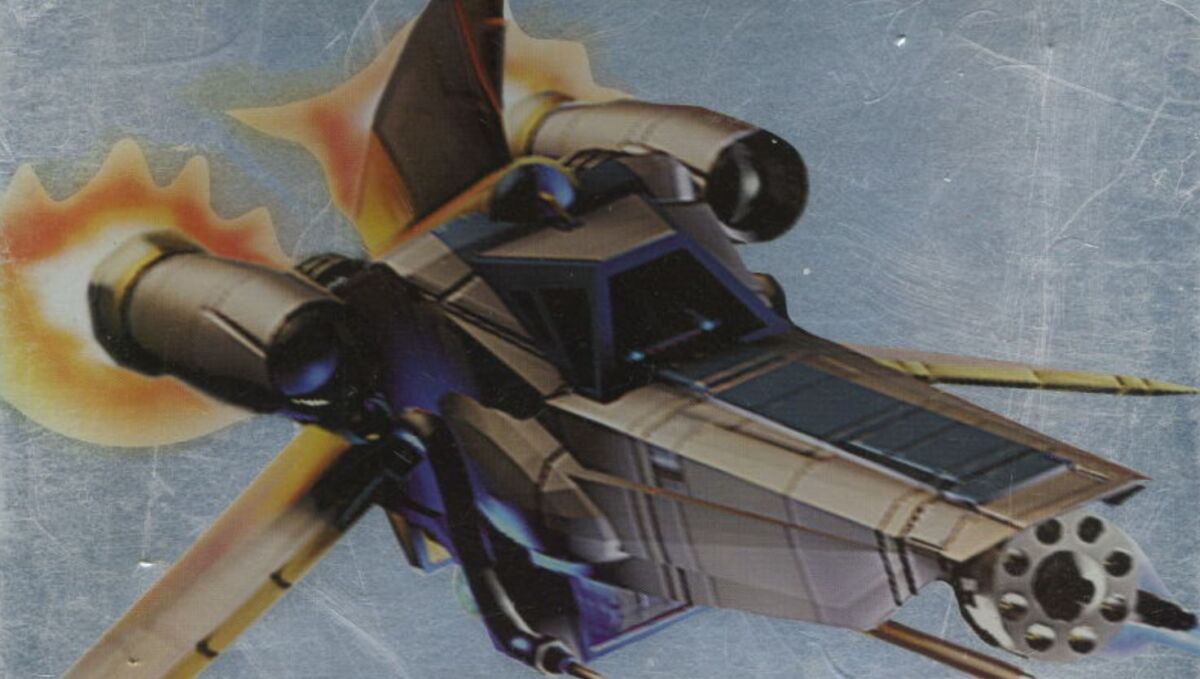
Battlecruiser 3000AD’s sole designer Derek Smart was a passionate individual, but his passion came in the form of lashing out at perceived criticism online. Smart also clashed with Battlecruiser’s programmers as well as publisher Take-Two Interactive. Smart would refuse programmers full access to his code and suddenly change direction when new technologies were available.
After spending years in development hell, Take-Two would release the game in 1996 despite Smart’s protestations and the game received negative reviews due to it being unfinished and buggy, with outdated graphics, sound and little documentation. A patch did greatly improve the game, however, and eventually Smart obtained the publishing rights for his game.
Following a lawsuit between Smart and Take-Two, which was settled out of court, Derek Smart released Battlecruiser 3000AD as freeware, and would continue to work on the game.
9. Conker’s Bad Fur Day

Conker’s Bad Fur Day is actually a very well known game, largely due to its cutesy look being at odds with the profanity, violence and dark humour of the game. While it often features on lists of people’s favourite Nintendo 64 games, Bad Fur Day was a monumental failure in terms of sales.
From its initial release in 2001, Conker’s debut sold under 60,000 copies in its first month. No official reason for the poor sales have been given, but we can surmise that it could’ve been due to a lack of advertising from Nintendo, as well as it being released late in the Nintendo 64’s lifespan.
The game did make a huge impression on those that played it and thanks to the internet growing in size at the start of the 21st century, the legend of Conker’s Bad Fur Day grew, which eventually led to a remake for the Xbox in 2005 in the form of Conker’s Live and Reloaded.
Today, Conker and his Bad Fur Day are fondly remembered and loved by gamers of that era. Sadly, due to various reasons, Conker hasn’t had any further adventures and it’s unlikely we’ll see a Bad Fur Day 2.
8. Uru: Ages Beyond Myst
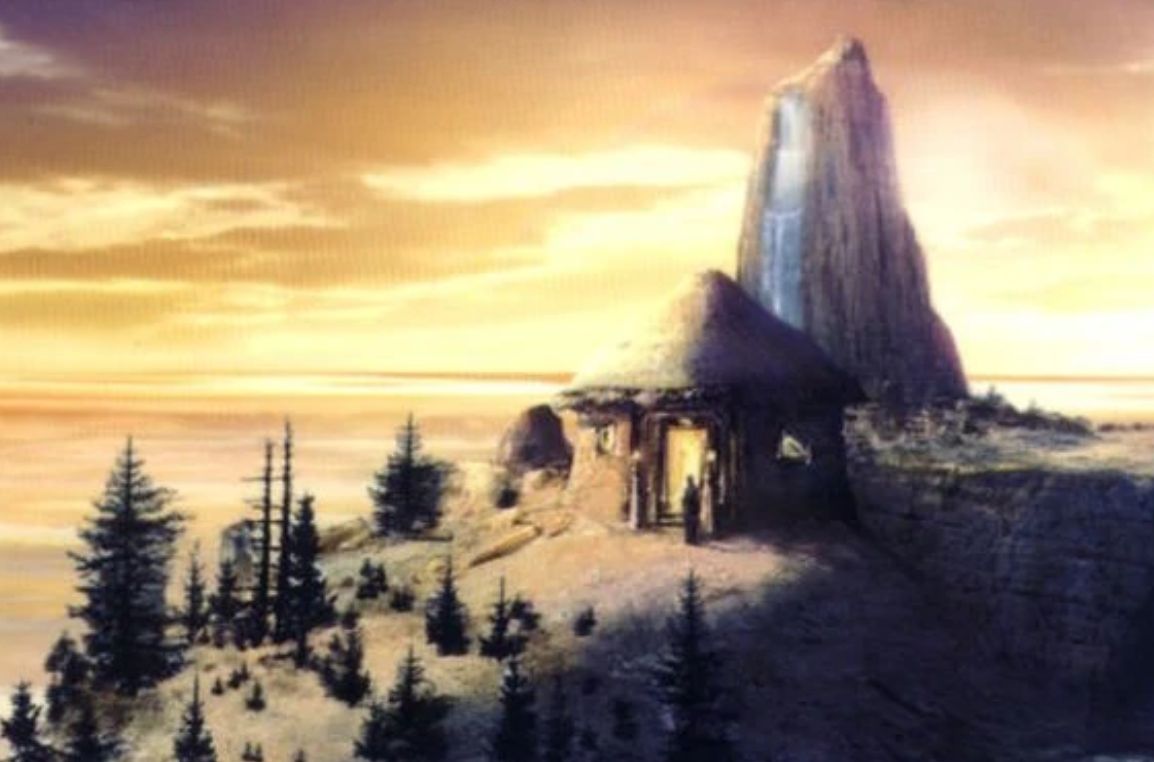
Myst was a game that was always confusing. Not because it’s very obtuse and kind of confusing, but because as to why this strange puzzle game was one of the biggest selling games of the 1990s. It was a huge success, selling over 6 million copies, and in its defence was, for the time, a gorgeous looking game with a deep mystery for those with the patience to dig into.
The sequels, Riven and Myst 3: Exile, built upon the original game, making the world more dynamic and believable, as well as Myst 3 implementing some of the best FMV seen in any game at that point. But at the turn of the millennium, games felt the pressure to go full 3D, as that was where the big money was.
Uru: Ages Beyond Myst differed from the other games in the series, as it was a real time, third person adventure/mystery game. While the game was still about solving puzzles, it was from an ‘over the shoulder’ view.
The game took five years of development, as well as $12 million to see release and sold poorly. Following on from this, Myst 4 and 5 were released subsequently over the following two years, but these games shunned Uru’s gameplay and followed the original first person style instead.
7. MadWorld
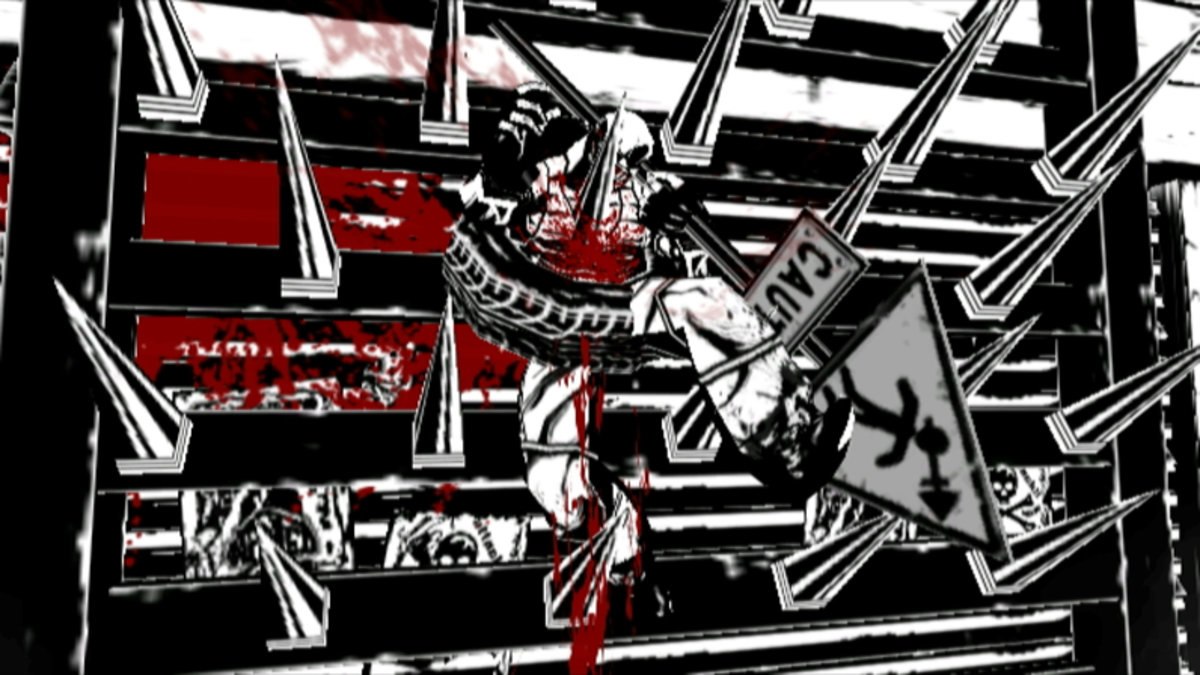
The Nintendo Wii was a truly great console — it was even the machine that I enjoyed playing the most from its era. Sadly, its ease of use led the console to be flooded with shovelware and simple gaming aimed at children. It’s thanks to this that there are a handful of games that slightly more ‘hardcore’ gamers totally missed. Madworld is one of those games.
MadWorld was an artistic and incredibly violent brawl-em-up released back in 2009. The game featured black and white stylised graphics blended with the bright red gore that you’d find splattered throughout its playtime. However, MadWorld’s extreme violence caused a bit of backlash, possibly due to the perceived nature of the Wii being a children’s console. The National Institute of Media and the Family slammed Nintendo for allowing the game to be released and was even banned in Australia.
MadWorld severely undersold, shifting under 70,000 copies in the USA in its first month. Many other underselling games (including some on this list) have actually sold well over time thanks to remasters and digital sales. Sadly, MadWorld isn’t one of these and has simply been forgotten about, despite its incredible artstyle.
Anarchy Reigns, a spiritual sequel to MadWorld, failed to have the same impact when it was released on Xbox and Playstation in 2012, and received mixed reviews.
6. System Shock 2
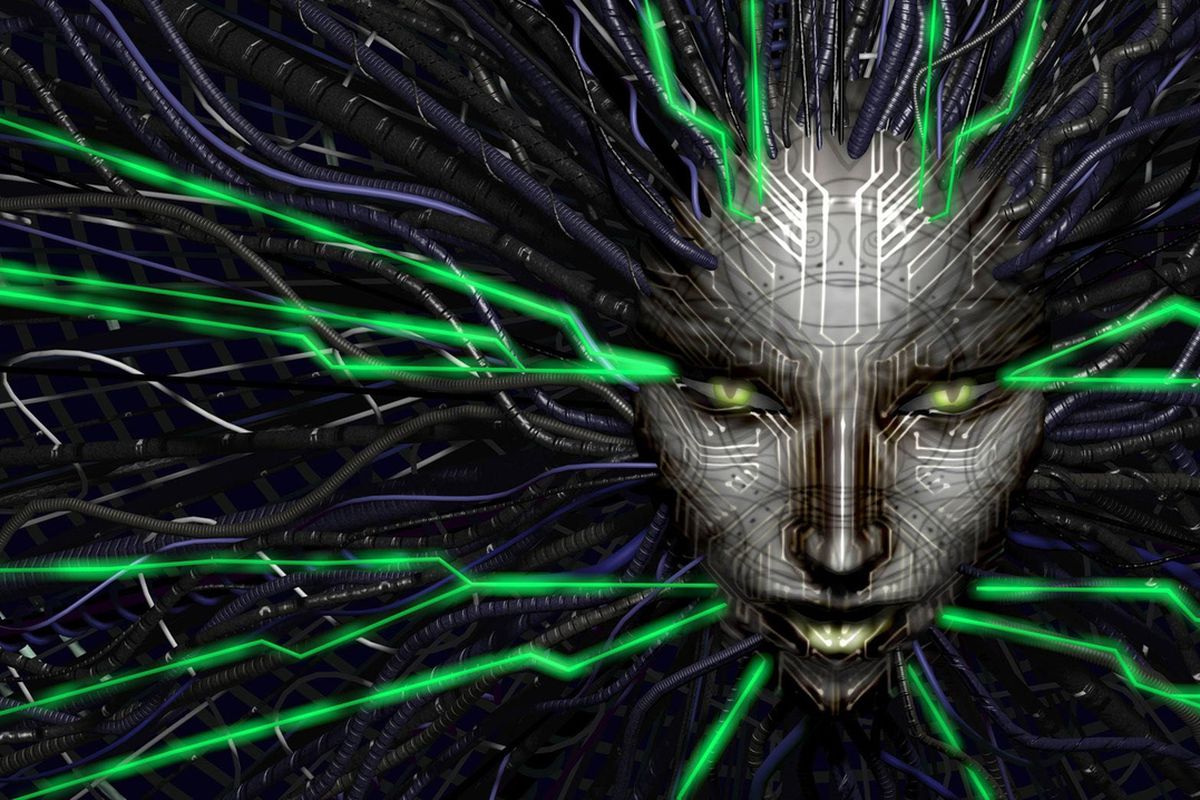
Some of you young’uns out there won’t be aware of System Shock 2. Actually, some of you old‘uns won’t be, either. But if I told you that the System Shock games were the precursors to the Bioshock series, then you’ll have an idea of how important these games were. Hugely influential, System Shock and its sequel raised the bar for sci-fi, RPG and horror titles during the 90s.
System Shock 2 was immensely well received, and today the game holds a whopping 92 on Metacritic. It also received several awards as well as being touted as ‘game of the year’, yet despite the adulation, System Shock 2 sold poorly. The game sold less than 60,000 copies during its first six months on sale.
Possible reasons for this could be the impressive graphics that System Shock 2 showcased. While you’d think this could increase sales, it may have suffered from what is known as ‘Crysis Syndrome’, which means that the hardware in the average PC gamer simply wasn’t up to snuff to run the game.
5. The Last Express
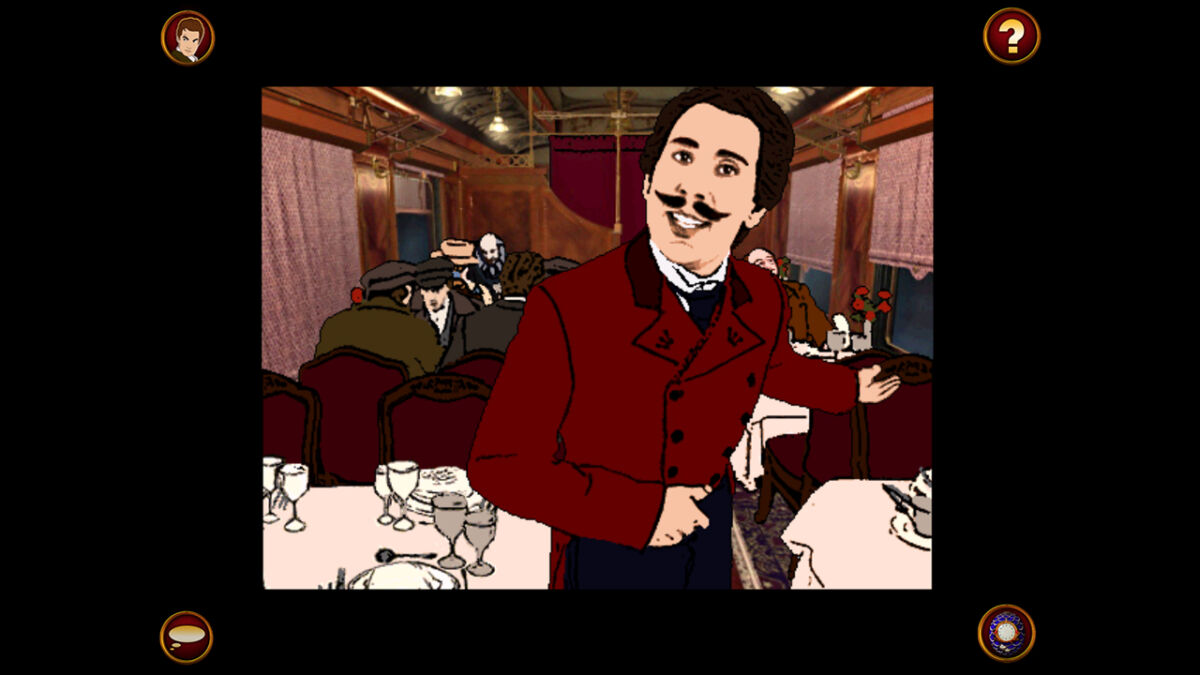
By the end of the 20th century, the adventure game genre was dying. While a handful of brands continued to sell well, such as Broken Sword or Monkey Island, the genre was faltering. This was possibly due to the shift in interest to 3D polygonal graphics and 2D art falling out of favour with gamers. Some games shifted to 3D to keep up with the trend, such as the Monkey Island and Gabriel Knight series. The Last Express had a different approach.
Lead designer Jordan Mechner, who had previously designed Prince of Persia, decided to utilise a technique that he’d used previously on PoP to great effect: rotoscope animation. This essentially means that the artists draw over real footage of actors, in order to achieve life-like animation. It was used in a number of 90s platformers, such as Another World and Flashback. It gave The Last Express a truly unique look, but the process did have its drawbacks.
The development of the game took several years and cost around $6 million, leaving The Last Express needing to sell 1 million copies to break even. To make matters worse, the entire marketing team at publisher Brøderbund quit shortly before release, leaving the game with very little advertising.
The Last Express only sold around 100,000 copies and has largely been forgotten, even by adventure game fans.
4. Grim Fandango
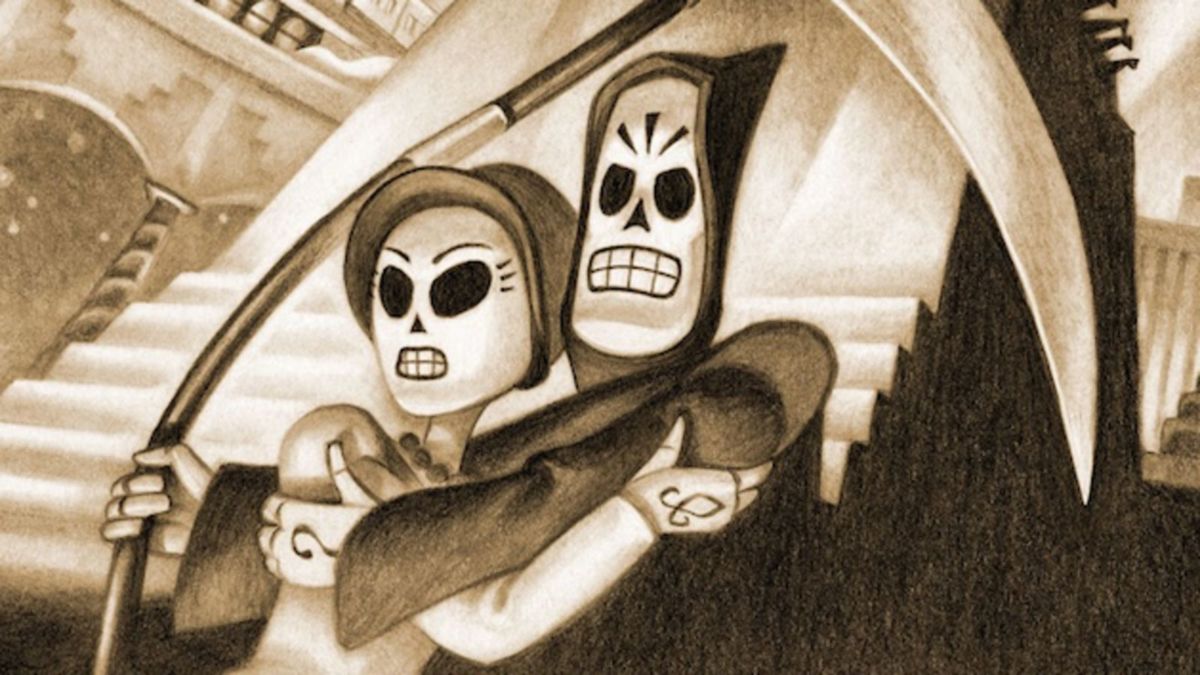
It hurts me to put Grim Fandango, possibly my favourite ever game, on this list. While its writing, acting, music and design were all spot on, it’s hard to argue that Grim wasn’t a failure. Grim Fandango was a critical darling and, to date, the PC version has a score of 94 on Metacritic, which lands it in the top 100 games of all time. It also won a handful of awards, including GameSpot’s ‘game of the year’ for 1998.
However, Grim Fandango was a commercial flop. It was released in late 1998, and found itself up against Metal Gear Solid, Half-Life, and The Legend of Zelda: Ocarina of Time. By 2003, it hadn’t yet cracked the 100,000 copies sold mark and while there are no solid sales figures, it had sold between 100,000 and 500,000 copies by 2012. According to Grim Fandango creator Tim Schafer, the game did indeed make its budget back. Even so, Grim Fandango’s failure would have huge repercussions.
Shortly after Grim Fandango’s release, Tim Schafer and a number of Grim’s dev team left to form Double Fine Productions. LucasArts would push on with developing Escape from Monkey Island, using the same engine as Grim Fandango. Sadly, LucasArts cancelled sequels to Sam & Max and Full Throttle, which they’d already begun promoting with trailers. Grim Fandango’s failure also shook faith in the adventure game genre as a whole, and big budget adventure games would be few and far between for many years afterwards.
3. Rise of the Robots
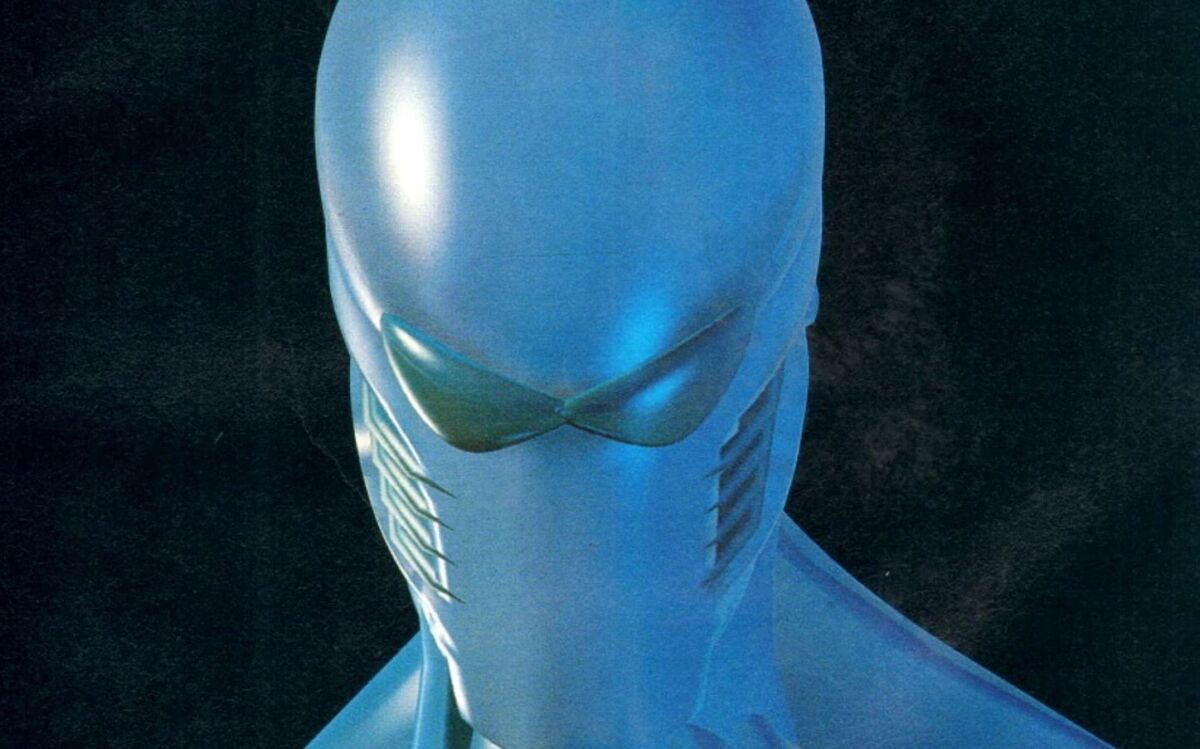
Back in the 1990s, the video game industry was moving along quickly. By the mid 90s, we’d begin to see basic 3D graphics on our console, with the likes of StarFox on the SNES. Full motion video was coming to console too, through various CD consoles like the 3DO or the CD-i, or even CD add-ons like the Mega CD, Jaguar CD or the unreleased SNES CD. While both 3D and FMV quality was iffy on these 16 and 32 bit consoles, one of the best implemented styles would be the ‘futuristic’ pre-rendered sprites.
While pre-rendered graphics would be popularised by the likes of Donkey Kong Country and Killer Instinct, these pre-rendered graphics were also one of Rise’s key selling points, but the devs didn’t stop there. They also promised revolutionary artificial intelligence which would vary depending on which robot you were up against. The cherry on the top was that Brian May, rock and roll legend, would be handling the music. This game sounded rad.
Rise of the Robots was torn limb from bionic limb when it was released in 1994. The game, which had promised to be the future of fighting games, proved to be a massive disappointment. Its graphics were stiff, the animations limited, and the promised music was “nice”, but not the Brian May fest we’d been promised. The less said about revolutionary AI the better.
Rise 2 proved to be also a fair disappointment, although one saving grace is that developers of The Surge point towards Rise of the Robots as an inspiration for their sci-fi Souls-like RPG.
2. The Shenmue Trilogy
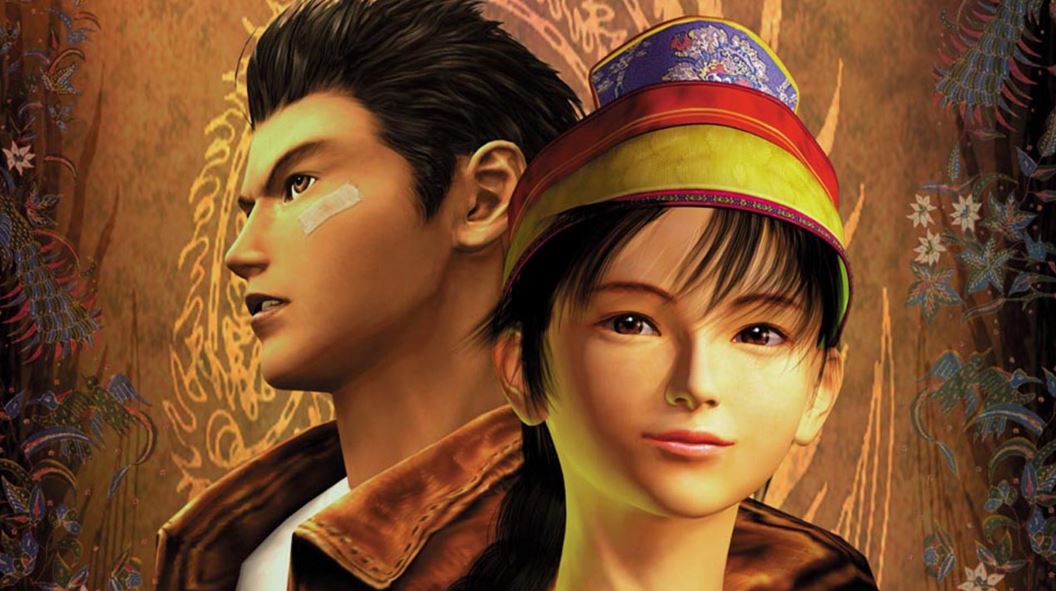
But surely this much talked about and legendary open world martial arts adventure couldn’t be a failure? Well, it was. It was glorious once, ahead of its time, but a failure all the same.
Shenmue is one of those games that should be remembered, but not necessarily played. It is hugely influential, and you might argue that we’d have no Yakuza franchise without Shenmue, and I’d agree with that statement.
Shenmue also sold a respectable 1.2 million copies, becoming the Dreamcast’s biggest selling title. But the reason why Shenmue failed was the 70 million dollar price tag that it cost to produce, which was one of the highest development costs for a game at the time of release. Despite being a revolutionary game, which introduced a living open world, quick time events and so much more, it didn’t recoup development costs.
Development costs for Shenmue 2 were never disclosed when the game was released in Japan and Europe. However, Sega had lost faith in the Dreamcast by the time of Shenmue 2’s release, and it would release on the Xbox, not Dreamcast when the game came to American shores. To make matters worse, Shenmue 2 ended unresolved, meaning that fans would have to wait some time to finish the story.
Shenmue 3 was Kickstarted in 2015 and raised a record breaking $6.3 million. Releasing in 2019, 18 years after Shenmue 2, the game received a critical pasting for failing to evolve the gameplay of the original games. The once fresh and revolutionary game felt aged and wooden in comparison to its contemporaries. It also sold less than hoped, and seemed to put a damper on any further games. To make matters worse, Shenmue 3 also failed to resolve the core story of the series, with creator Yu Suzuki claiming the Shenmue saga would need around 11 chapters to complete.
Can’t wait for Shenmue 4 in 2036.
1. Godus
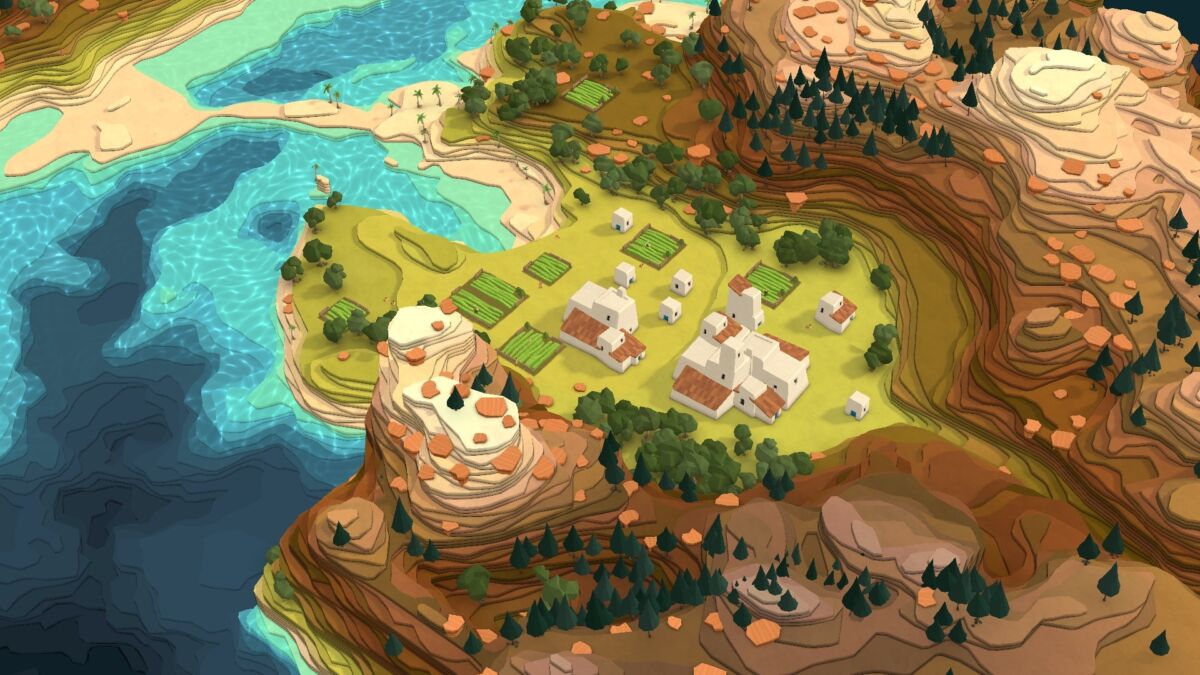
I had to put this as number one, as Godus is such a monumental fudge up that we all need to remember how not to make sky high promises about your fledgling indie game.
Helmed by serial ‘over-promiser’ Peter Molyneux, we all should’ve been more suspicious of the crowdfunded to the tune of half a million god game. But let’s face it, Molyneux has a fantastic track record with ‘god game’ simulations, being behind the likes of Populus, Theme Park, Dungeon Keeper and Black & White.
However, things took an odd turn when Godus developers 22cans released a smartphone game called Curiosity: What’s Inside The Cube?, a game in which players chipped away at a cube by tapping, with a ‘life changing’ prize at the center. In 2013, Bryan Henderson of Edinburgh chipped away the last block, and this led to him being crowned the ‘god of Godus’, meaning he’d have a role as a digital god within the game, and would also get a small amount of income from the game. However, in the last five years Henderson has heard nothing from developer 22cans.
Godus’ last update was in February 2016, and still remains unfinished on Steam. It seems at some point in its development, 22cans shifted focus onto it being a ‘freemium’ mobile game, and many of the initial features were stripped out of the PC game. 22cans continues to work on new games, with Molyneux lauding the implementation of NFTs and blockchain in 22cans’ new game Legacy, all while Godus remains unfinished, and Kickstarter backers remain empty-handed.
READ NEXT: 10 Most Underrated Games of 2021
Some of the coverage you find on Cultured Vultures contains affiliate links, which provide us with small commissions based on purchases made from visiting our site.
